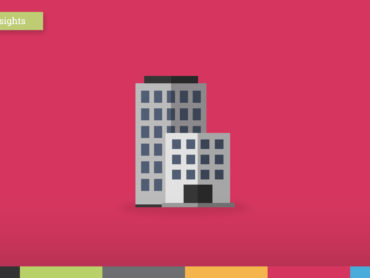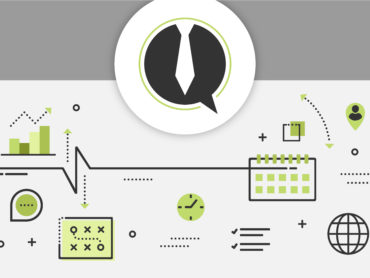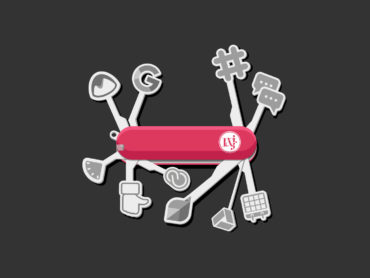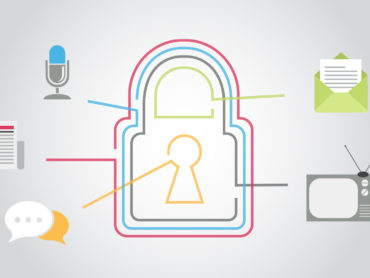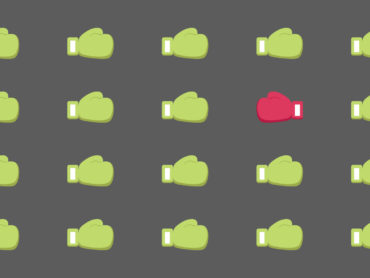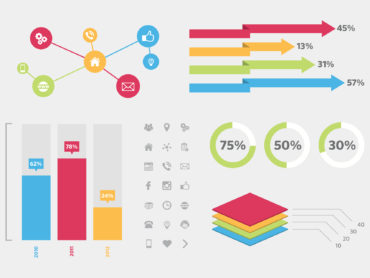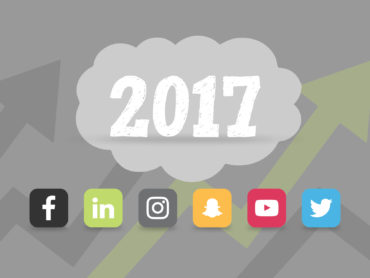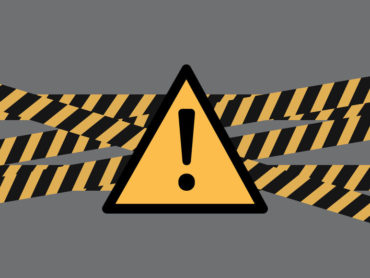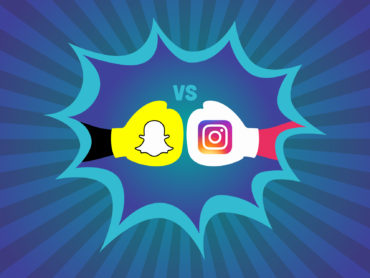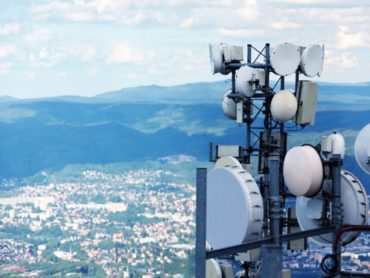Not Your Mother’s PR
As a PR professional herself, my mother could tell you all about my inauspicious start in the industry. I’ve heard the stories of me wailing away in my mother’s arms as she desperately tried to make deadline, despite rocking an inconsolable newborn. At that moment, few would have guessed that 23 years later I would be beginning my own career in the marketing and PR industry.
Born to a PR professional, it was only natural that I would follow my mom’s footsteps right into agency life. Growing up listening to stories of her press events, product launches and story placements, I was inclined to check out the so-called “PR world” myself. This winter, I applied for and accepted a public relations internship at R&J Strategic Communications where I discovered just how much the PR landscape has changed over the last 20-some-odd years.
When my mom was wrapping up her PR career in the early 90s, the Internet was just becoming mainstream. Yes, that meant that prior to the mid-90s, all business was conducted in person, over fax, by mail or over the phone. No email, no cell phones, no Slack instant messaging and certainly no online media databases—technologies that make up the backbone of many modern agencies. Each press release was typed out and faxed or mailed to media contacts who were listed in a large, physical book issued at the start of each year.
And if photos needed to be included in a post-event release? Add on at least an extra day of turnaround to develop the film (plus more if the rare retouch was necessary). To alleviate the time restrictions of “snail mail” to deliver these goods, messenger services were often employed to hand deliver these documents to media contacts within the city, same-day. Getting a story into the right hands in the pre-Internet days of PR took careful planning, timing and coordination on top of the highly-skilled craft of pitching, networking, and targeting.
These days, getting the word out is a much more streamlined process. With the introduction of email and public relations software such as Gorkana and Cision, PR agencies can research, contact and file media contacts all in one virtual database. Press releases can be distributed to a variety of different contacts, industries and even countries with the touch of a button. Digital photography has obviously made its impact on the PR industry, providing professionals with the opportunity to share and edit visuals instantaneously from their phone, a timeline impossible just a few short decades ago. Although PR agents must still be aware of etiquette and strategy to pitch the appropriate people at the appropriate times, technology has made it much easier to achieve these goals in a 24/7 news world.
Not just how, but where, we distribute our message has also changed. My mom’s colleagues, in particular, spent a majority of their workday pitching consumer products to newspapers and magazines. As digital platforms began to emerge, however, traditional print media slowly began to dwindle. With the increasing desirability of online content, the size and availability of physical newspapers took the brunt of the hit. Although we still covet the same features in The New York Times and the Wall Street Journal, that coverage is more likely to come in as an online segment rather than a printed article we would once physically clip and paste. No control Ctrl-C or Ctrl-V — actual scissors and glue.
With the influence of the Internet, today’s media landscape isn’t necessarily shifting away from traditional PR, but rather welcoming digital PR to the party. While we still pitch news reporters and participate in all the practices associated with traditional PR, agencies must now adapt to the changing consumption behavior to account for the popularity, and success, of new media. By accepting the prominence of globally-accessible platforms such as social media, blogs and online publications, agencies not only spread their clients’ message but engage in a conversation with their audience. Clients and agencies are granted immediate feedback in the form of likes, comments and retweets, opening up a new channel for communication with consumers, reporters and cultural influencers. Although digital influences have slowly creeped into our lives, they have left a lasting impression on how we interact with both messengers and audience members.
While I have only just gotten my feet wet in this wild world of PR, it has been an eye-opening experience to watch how heavily technological advancements have impacted the industry in the last few decades. From the introduction of the computer, the Internet, to email and social media, the typical work day in 2016 bears little resemblance to my mom’s first day on the job in the 80s.
As PR continues its constant evolution, I look forward to hearing about my son’s or daughter’s first internship, and hopefully their office’s recent integration of teleportation. One can dream, right?






